ほおずきと妖精
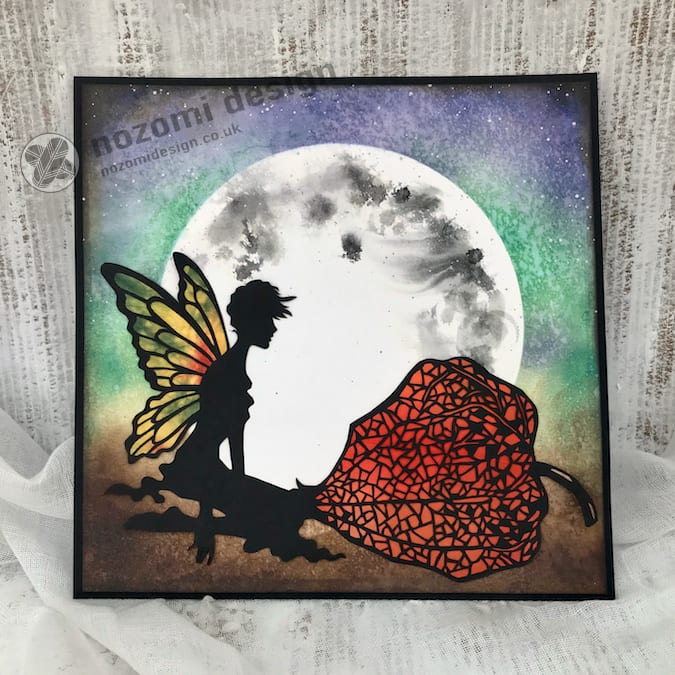
Hozuki – what’s in a name?
When deciding to make another kirie, I first thought of one of my favourite plants, called Hozuki in Japanese. I wanted to make something that included Hozuki and a fairy.
After I had finished the picture, I started thinking about what to write for my blog and realised that I didn’t know the English word for Hozuki. When I searched the internet, I found several different names; Chinese-Lantern, Japanese-Lantern, Winter Cherry, Physalis Fruit etc. I asked my husband but he’s not a fan of gardening and didn’t know either. I remember seeing this plant when I visited a National Trust place a while ago, so I assumed that it was native to the UK. Is it usually available at a garden centres? Please leave a comment if you know anything more about this plant.
私の好きな植物の一つ、ほおずき
(Hozuki)。ほおずきと妖精の作品を作りたいと思っていました。
作品は思い立って作り始めたら一気に完成しましたが、いざタイトルを英語に訳そうとしてまず単語を知らない事に気がつきました。インターネットで検索をかけると名前はいくつか出てきました。Chinese-Lantern、Japanese-Lantern、Winter cherry、Physalis Fruit などなど。それで主人に聞いたけれど園芸にはあまり詳しくない主人は知らないとのこと。私は少し前にナショナルトラストの施設に訪れた際に植えてあったので何も疑わずイギリスにも自生しているものだと思ってました。普通に園芸店で手に入るのかな?詳しい方がいらしたら是非教えてください。
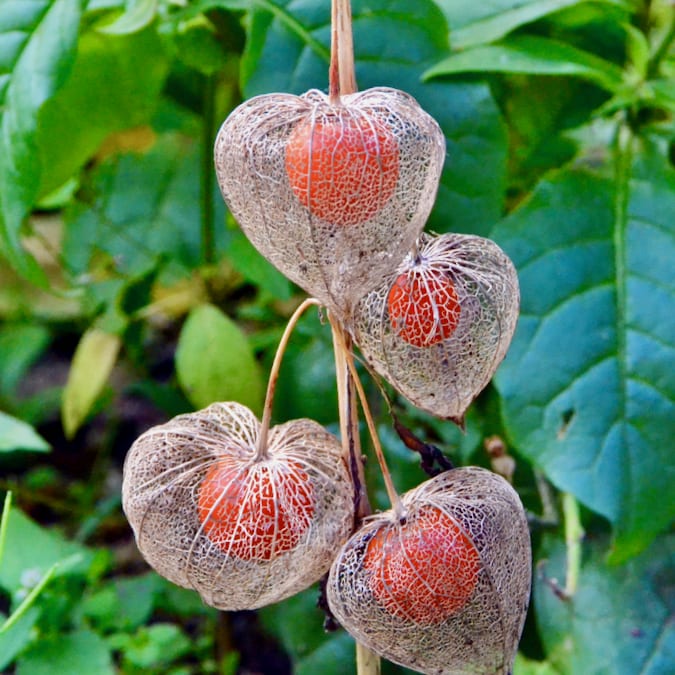
Physalis alkekengi
ほおずき
How It was Made
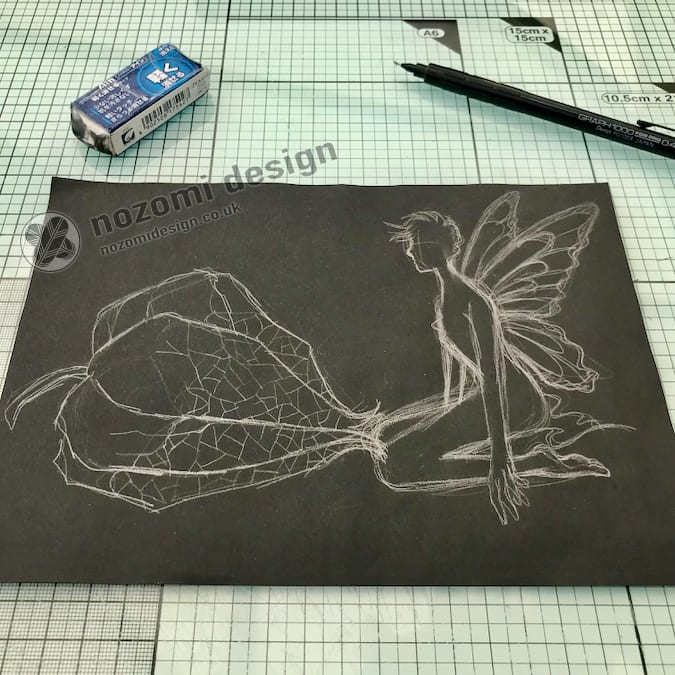
Rough draft on black paper
黒い紙にざっくり下書き。
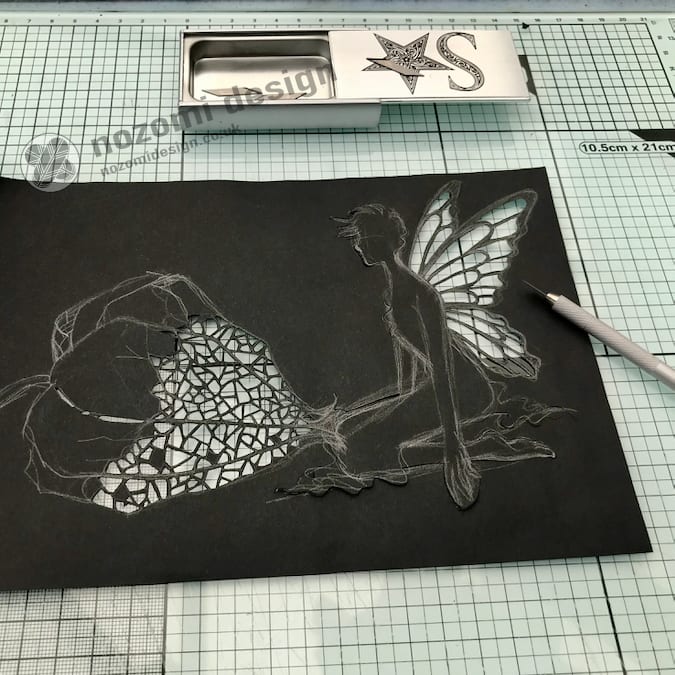
It took a lot of patience to cut it out!
あとは根気よく切っていくだけ。
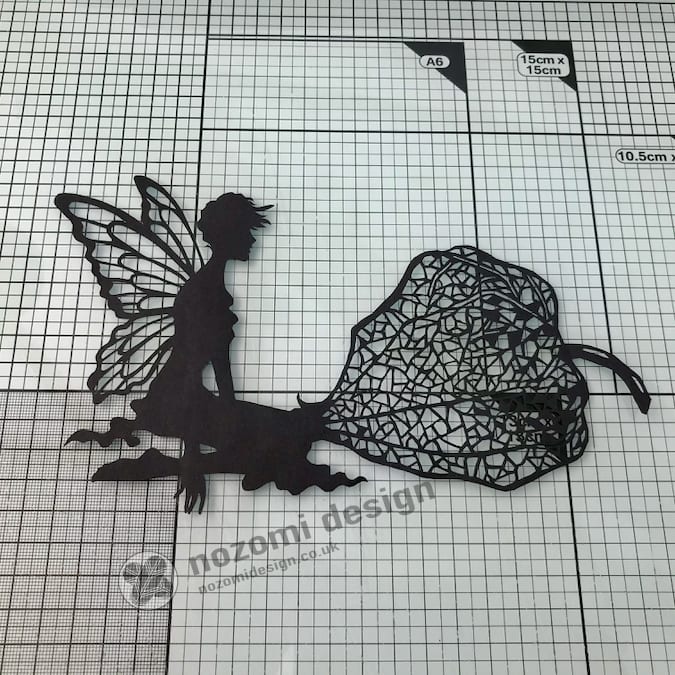
Kirie takes patience!
It took me about two hours from the initial sketch to completing the kirie (cut-out).
出来上がり、下絵からだと2時間くらいかかりました。
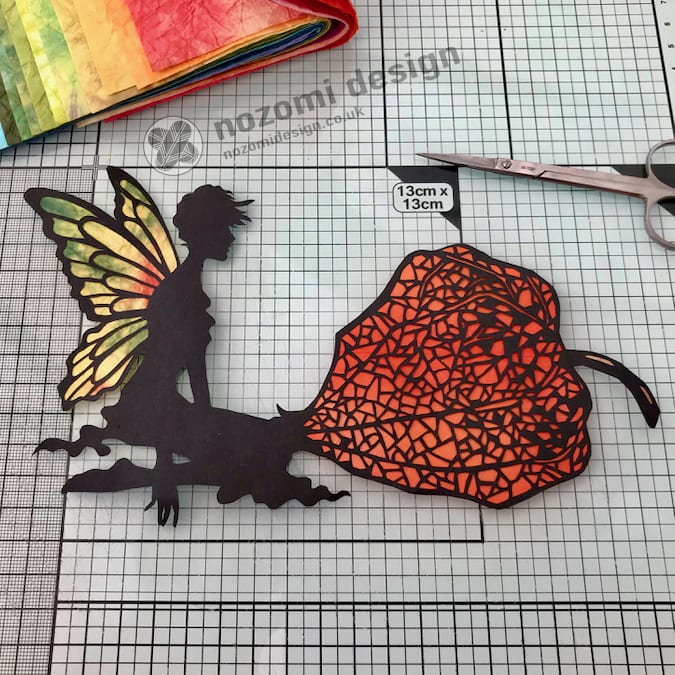
Kirie & Washi
This time I tried colouring the cutouts themselves. I applied Japanese washi paper to the back of the kirie.
今回は切り絵そのものに色をつけてみました。裏から和紙を貼っています。
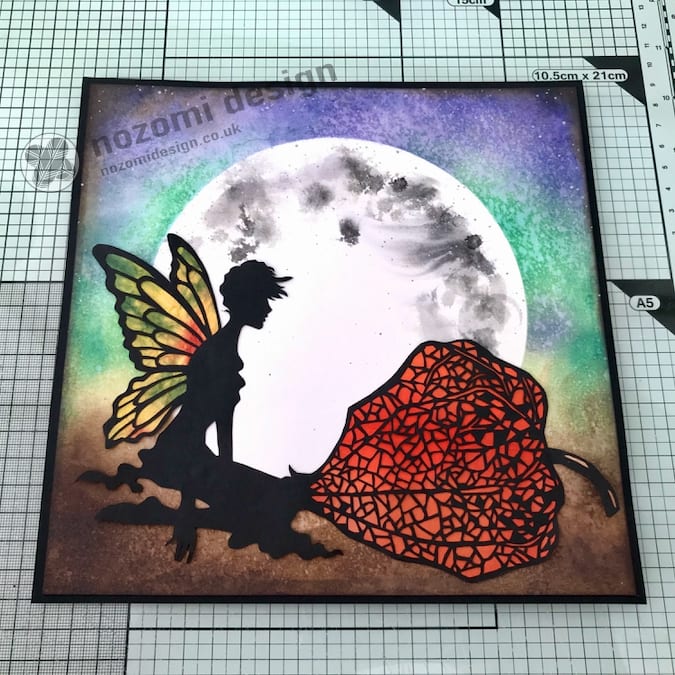
Distress Ink Background
I made a background for this piece. I masked the circle and coloured the outside with Distress Ink. Once I was happy with the result, I peeled off the masking, added the moon pattern with ink, and then splashed silver paint all over. After that, I stuck the background and the kirie onto the black mount.
バックグラウンドを作りました。円のマスキングをして外側をDistress Inkで色づけしながら気に入ったところでマスキングを剥がして月の模様をインクで入れてから全体にシルバーのペイントをスプラッシュしました。その後、黒の台紙にバックグラウンドと切り絵を貼り付けました。
About Kirie
Japanese paper cutting is called Kirie or Kirigami (literally meaning cut picture). It is said to have developed after 610 AD when Tesuki Washi paper, invented in China, was brought to Japan by Doncho, a Buddhist monk from Korea. The Japanese commercialised paper making by hand and by 800 AD their skills were unrivalled. The abundance of Japanese washi meant paper cutting and offshoots such as Kamikiri (performance papercutting in Edo Japan) developed at a very fast pace.
The washi paper used most predominantly across the world today for paper cutting, bookbinding, tapes and multiple other uses is not Tesuki washi but actually Japanese Sekishu washi, a paper developed around 800 AD in the Sekishu region (modern-day Iwami in Japan) and designated a UNESCO Intangible Cultural asset in 2009. Papercutting continues today in Japan in contemporary forms such as framed art, installations and paper cut sculpture.
Wikipedia, Papercutting

Physalis. When we were kids they were around a lot, usually in a vibrant orange colour. Love this picture. You are getting as bad as me loving fairies ! Xx
.
Thanks, Mum! Oh, I am glad I wasn’t imagining it; I was pretty sure I had seen them in England! :-D I see, so they are commonly known by the Latin name? It makes sense, I guess, if they aren’t a native plant. x
The plant has so many tiny cuts no wonder it took several hours of cutting along with the fairy, great drawing skills too Nozomi! Fabulous creation … Steph x
Thanks, Steph! I had lots of tiny cuts in my fingers by the time I’d finished, too! ?
I recognised this as a Chinese Lantern straight away. They grew in our garden near the coast in the south of England in West Sussex. We were fascinated with them. Definitely a lantern for fairies. And did you know, Sussex was the last place fairies lived in England, or so they say. Tired of our mistreatment of the earth they eventually left Sussex too but maybe they’ll come back one day. I must grow some Chinese Lanterns for them to light their way!
Thanks for all the info, Kathryn! They are wonderful, aren’t they? The Japanese name, Hozuki, means Spirit Lantern in English. When I was a child, the house we lived in then had a river on one side and a forest on the other, and Hozuki grew around there. I really didn’t know that about Sussex being the last place in England where fairies lived. Oni (spirits), some good and some bad, are still very much part of Japanese culture. The forests of Japan are vast and if you wander in them long enough, you will definitely come across a spirit of some kind! :-D
So magical! Your design fits the Japanese meaning – Spirit Lantern. I’m amazed how you were able to do the cutout directly from the rough sketch.
Thank you, for your lovely comments, Jane! x
It’s beautiful. In Korea we say 꽈리 = ground cherry.
Thank you so much for telling me the name in Korean, Soo! x